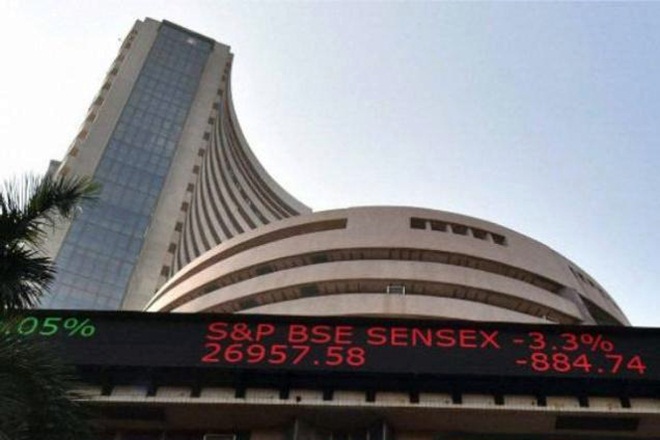The Indian share market is actually more than 125 years old. But the real maturing of the market started only post 1992, when SEBI was formed as the new central regulator for the securities markets. Over the last 25 years, there have been a lot of learnings and lessons along the way and the markets have surely matured for the better over the years. Let us look at four of the key elements of the Indian share markets and see why it is so significant.
- Adoption of the Rolling Settlement system
Indian markets shifted to the rolling settlement system only in 2001. Prior to that Indian markets had a weekly settlement wherein, a share purchased on Monday could be squared off at any point of time till Friday and there would be no margins applicable. While this provided a great opportunity for traders, it did add to the risk of the markets. After the Kolkata Exchange default in 2001, SEBI shifted the Indian markets to rolling settlements, which has stayed since. India began with a T+3 rolling settlement and later moved to T+2 rolling system. Under the rolling settlement system, any trade (buy or sell) initiated today can be squared off the same day. Else, it goes to delivery. This created a new army of intraday traders in the market who continue to provide liquidity and depth to the markets. Stock credits to the demat account and proceeds into the bank account are credited by the end of T+2 day.
- A big thrust to dematerialization
Indian markets operate almost entirely on demat mode, despite being just about 20 years old in India. More than 99% of the shareholdings in India are in demat form and 100% of the trades and settlement happen on the exchange in demat form. When you are demat mode, your shares are held as credits in electronic form and not as physical certificates. So you obviate problems like bad delivery, fake certificates, duplicate certificates, loss in transit, mutilation of certificates etc. Demat has also pushed volumes since it allows settlement and free flow equity to come into your accounts within 2 days. NSDL and CDSL are the two principal depositories in India and they operate through a network of DPs.
- Sophisticated risk management systems
In his landmark book, “Against the Gods”, Peter Bernstein highlights that the key factor in the growth of financial markets has been a better understanding of risk. That perfectly explains the growth of Indian markets in the last 20 years. Today risk management operates at various levels. Firstly, SEBI ensures basic tests of capital adequacy for brokers to ensure that the market is not endangered by speculation. Secondly, the exchanges have adopted a very tight system of initial margins and MTM margins based on statistical VAR methods to keep overnight risk as low as possible. Lastly, there is real time surveillance by the exchanges and SEBI to avoid any black swan risks for the markets. Risk management has made markets safer and the investors much more secure.
- Futures and options market that runs parallel to the spot market
India boasts of a robust F&O market that runs parallel with the spot market. In fact, the daily F&O volumes are more than 50 times the volumes on the cash market on any average day. India has followed the system of settling all F&O transactions in cash only. This has been slightly modified effective July this year when stock futures in selected stocks were shifted to compulsory delivery to reduce the speculative element in these stocks. Thirdly, the F&O market is largely an institutional market where large traders and institutional investors rely on the F&O market to arbitrage opportunities and to manage their risk.
- Primary and secondary markets complete the circle
IPOs have been in existence along with the secondary markets for a long time. But this IPO markets have also matured substantially in the last 20 years. Today, allotments are being shifted from T+6 to T+3 modes. All IPO allotments are necessarily done in demat mode and directly into the demat accounts to avoid frauds. The presence of large institutional investors has made the IPO market much stronger. The IPO rules have also been modified to make them more amenable to small investors in the form of higher probability of allotments, discount in PSU shares etc. Once the IPO shares are listed on the stock exchanges, they start trading in the secondary markets.
- Understanding taxation on Indian equities
The one area that requires attention is the high incidence of taxation on Indian equities. All transactions in equities, futures and options attract securities transaction tax (STT), irrespective of the performance of the trade. The long term capital gains (LTCG) are taxed compulsorily at 10% above the threshold of Rs.1 lakh per year while STCG is subject to 15% tax on the profits. In addition, dividends paid out by Indian companies are subject to dividend distribution tax and also taxed at 10% in the hands of the investor if the annual dividend exceeds Rs.1 million. In a nutshell, the tax incidence is quite high on Indian equities.
A cursory look at the key elements indicates the strikes that Indian markets have made. Of course, taxation remains the unfinished agenda!



